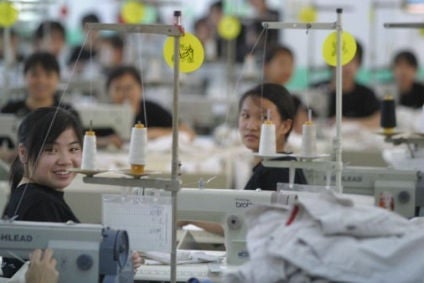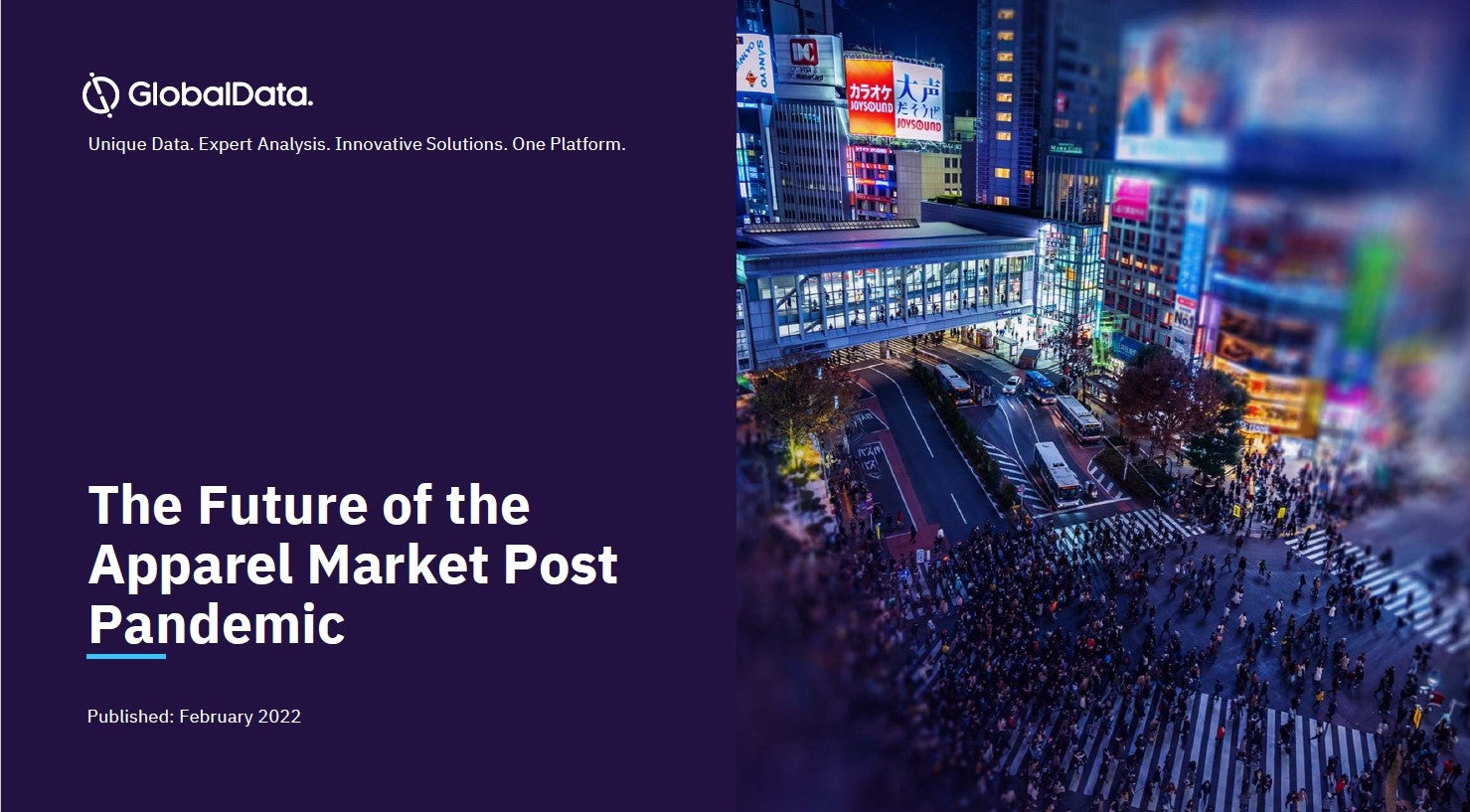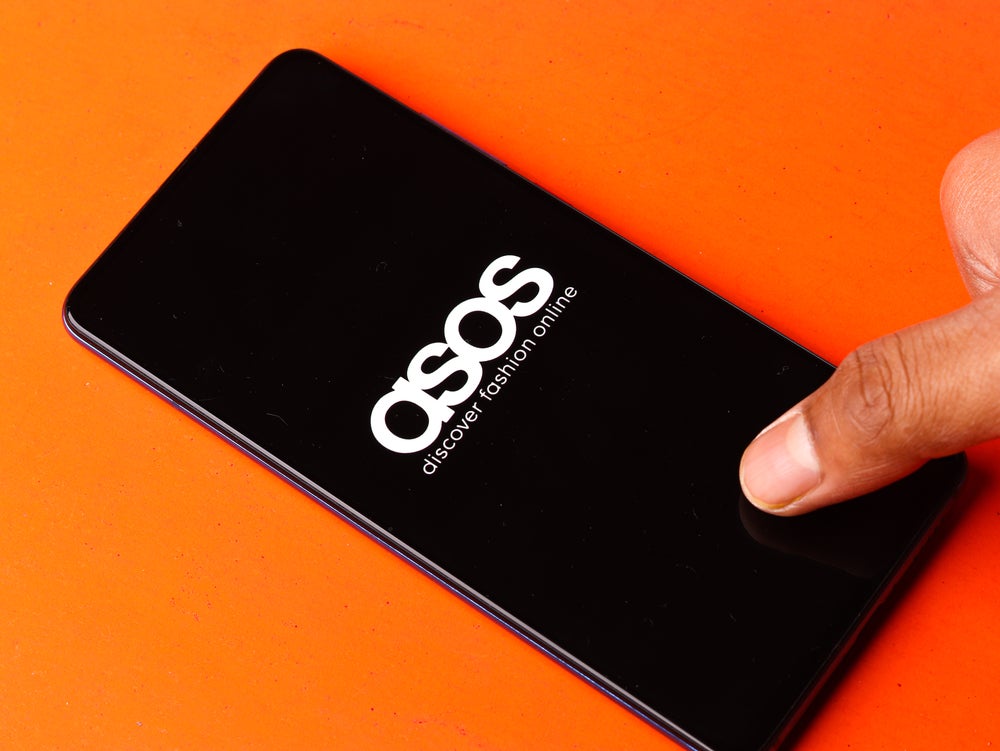
Greater China will for the first time in centuries overtake the US as the world’s largest fashion market in 2019, according to a new study, amid a year of “urgent awakening” for the industry as global growth slows. A new report offers the ten trends set to shape the industry during the course of the year.
According to ‘The State of Fashion 2019‘ report, fashion industry growth is predicted to slow to 3.5%-4.5% in 2019, slightly below estimates of 4%-5% for 2018 when the industry was bouncing back from a relatively weak period. Continuing the trend of recent years, players in emerging Asia Pacific and emerging Europe will lead the way.
However, emerging Asia Pacific is likely to continue its strong performance in 2019, while emerging Europe will probably slow slightly from 2018. Mature Europe and North America will also see slightly slower growth. The overall impact will be slightly less robust global industry growth than in 2018, the report predicts.
China dominance
As such, the report highlights China as the world’s fastest growing market for fashion. The country’s role in the global apparel trade is evolving, and because of its sheer scale, any shift in this role has ripple effects felt around the world.
How well do you really know your competitors?
Access the most comprehensive Company Profiles on the market, powered by GlobalData. Save hours of research. Gain competitive edge.

Thank you!
Your download email will arrive shortly
Not ready to buy yet? Download a free sample
We are confident about the unique quality of our Company Profiles. However, we want you to make the most beneficial decision for your business, so we offer a free sample that you can download by submitting the below form
By GlobalDataSee Also:
China is pursuing ambitions to move into higher-value production by upgrading and modernising its apparel manufacturing capabilities, and wages are rising relative to the rest of the emerging world. At the same time, the burgeoning Chinese middle class is flexing its new spending power. China is now using its vast production capabilities to serve its own soaring domestic demand.
“Now, the apparel industry is in the midst of being reshaped once again – this time, by the power of new consumers,” the report notes. “As hundreds of millions of people have joined the middle class in the developing world, particularly in China, they are flexing their newfound spending power by expressing their own tastes through fashion. China is no longer simply the factory to the world. It is the world’s fastest-growing consumer market, accounting for more than 18% of all final goods consumed.”
The rise of ‘super winners’
Polarisation, however, continues to be a stark reality in fashion. Fully 97% of economic profits for the whole industry are earned by just 20 companies, most of them in the luxury segment. Notably, the top 20 group of publicly listed companies has remained stable over time and now account for around US$25bn of economic profit.
Long-term leaders include Inditex, LVMH, and NIKE Inc, which have more than doubled their economic profit over the past ten years. According to the report, each racked up more than US$2bn in economic profit in 2017.
Yet over time, North American department stores have lost traction amongst this cohort, with none remaining in the top 20, compared to three ten years ago. Also of note, online retailers have yet to break into this elite group with none represented in the top 20 at all.
Storms ahead
But for fashion players, 2019 is set to be a year of awakening. The ones who will succeed will have to come to terms with the fact that in the new paradigm that is taking shape around them, some of the old rules simply don’t work. Players will need to be nimble, think digital-first and achieve even faster speed-to-market. Consideration will also need to be given on social issues, transparency, and sustainability.
Around 42% of respondents to the survey, which interviewed around 300 fashion executives, are expecting conditions to become worse in 2019. Dealing with volatility, uncertainty, and shifts in the global economy are seen as the top challenges for the third straight year. Fears of an accelerating trade war as China and the US react to each other’s tariffs, uncertainty over how Brexit will play out, or just a feeling that a ten-year boom is now overdue to tip into recession, are seen as drivers of this pessimism.
“Looking at segments, only value and luxury will perform very well in 2019 growing by 5% to 6% and 4.5% to 5.5%,” says Achim Berg, senior partner and expert on the fashion and luxury industry at McKinsey. “Value will be primarily driven by competitors having very strong propositions that edge out the mid-market players. Luxury, on the other hand, will be fuelled by fast-growing Asia-Pacific economies and the continuing boom in global travel.”
Waking up not only to the tougher economic environment, but also to changing consumer trends and shifts in the fashion system, is amongst the top trends to watch out for in 2019, according to the report:
#1 Caution ahead: Downward movements in key economic indicators and other potentially destabilising forces will conspire to create a more cautious mood.
#2 Indian ascent: India will become a focal point for the fashion industry as its middle-class consumer base grows and manufacturing sector strengthens.
#3 Trade 2.0: All companies will need to prepare contingency plans for facing a potential shake-up of global value chains.
#4 End of ownership: The lifespan of the fashion product is becoming more elastic as pre-owned, refurbished, repair and rental business models continue to evolve.
#5 Being woken up: Younger generations’ passion for social and environmental causes have reached critical mass, causing brands to become more fundamentally purpose-driven to attract both consumers and talent.
#6 Now or never: In the mobile consumer journey, the gap between discovery and purchase has become a pain point for a more impatient fashion consumer who seeks to purchase exactly the products they discover, immediately.
#7 Radical transparency: After years of having personal data owned and handled by businesses, a more distrusting consumer now expects companies to reciprocate with radical transparency and sharing of information.
#8 Self-disruption: Traditional brands are beginning to disrupt their own business models, image and offering in response to a new breed of small emerging brands that are accelerating thanks to decreasing brand loyalty and a growing appetite for newness.
#9 Digital land-grab: As the race to be the platform of choice for both customers and brands intensifies, e-commerce players will continue to innovate by adding profitable value-added services.
#10 On-demand: Automation and data analytics have enabled a new breed of start-ups to achieve agile made-to-order production.







